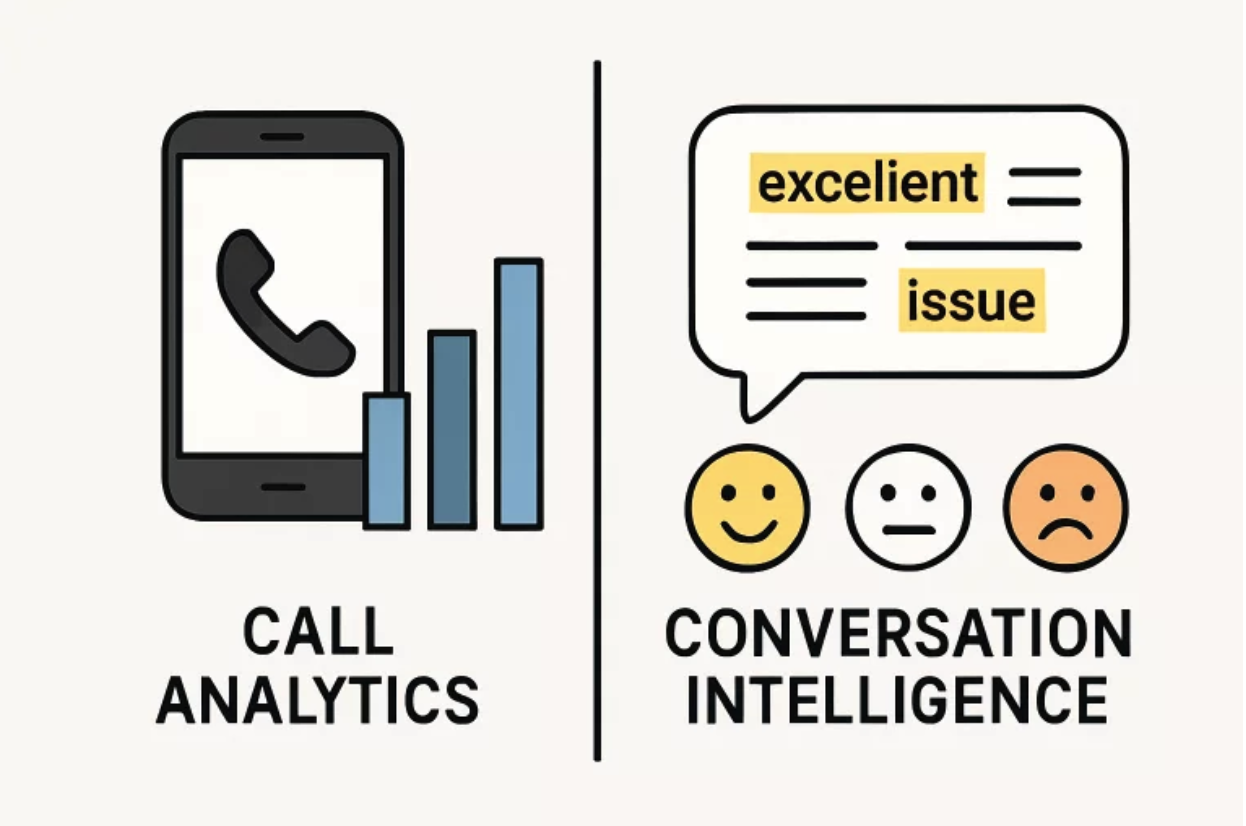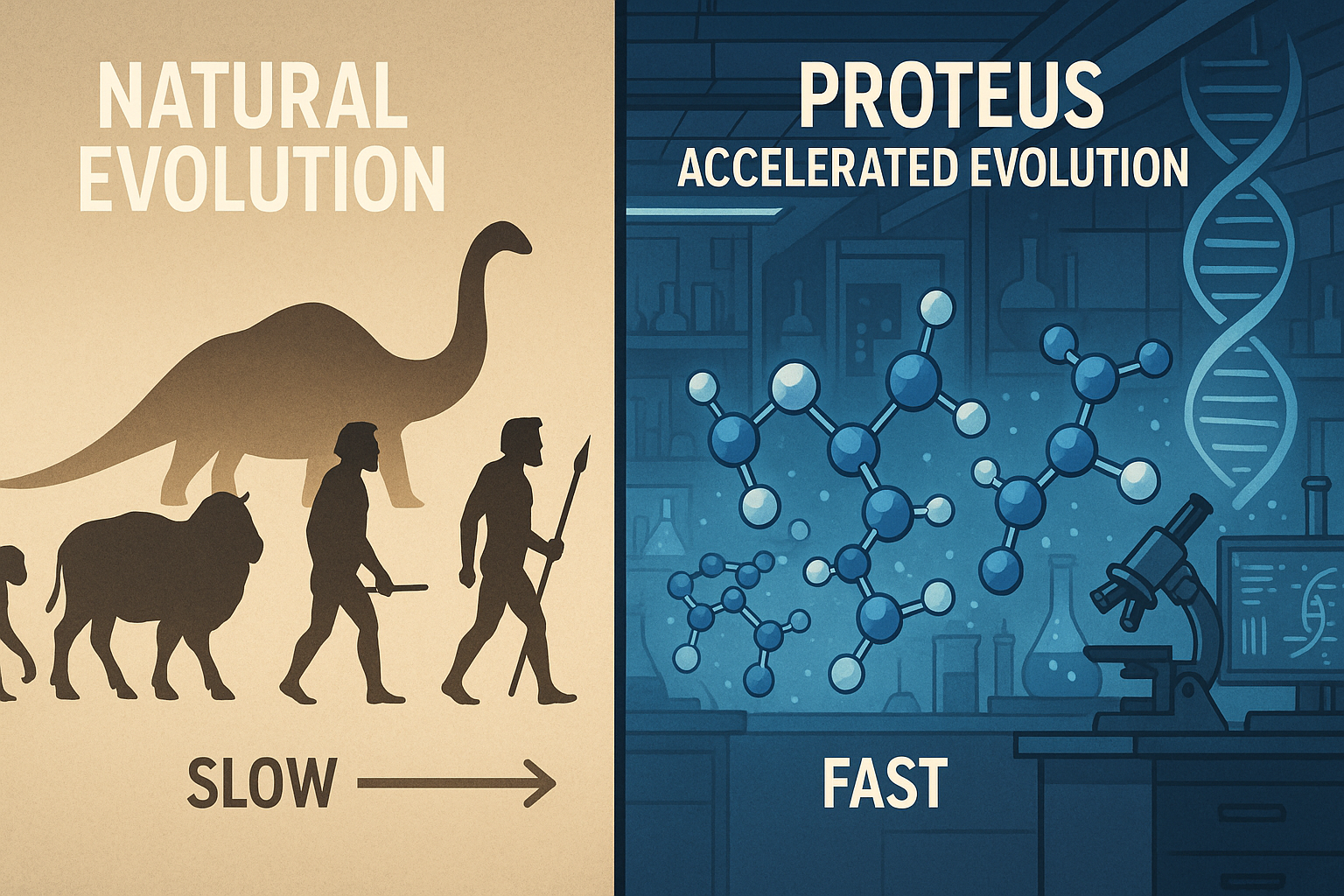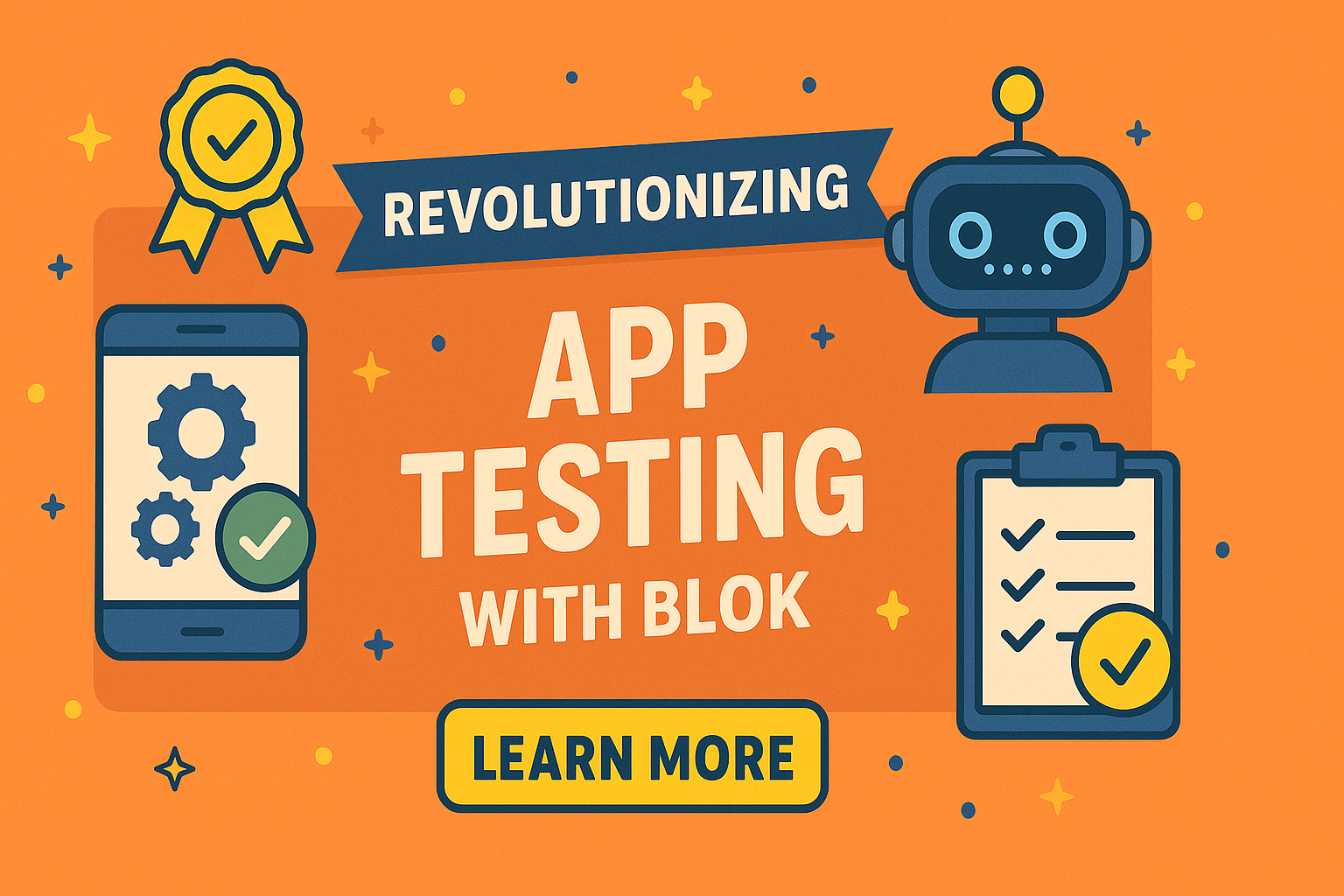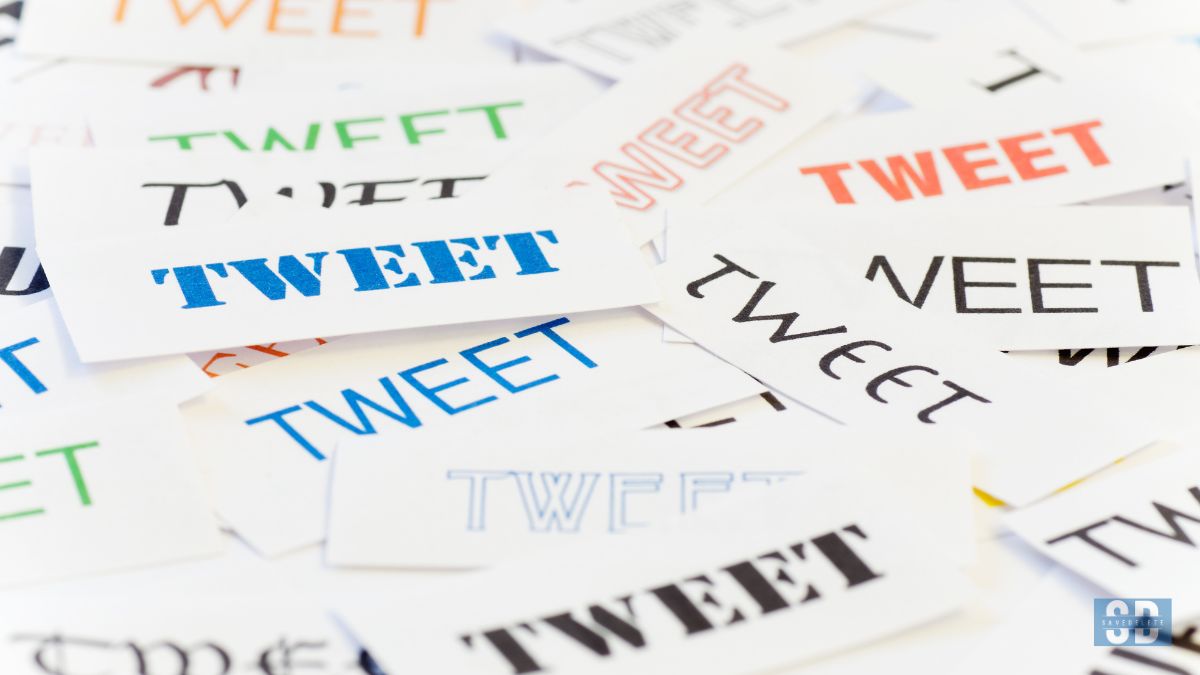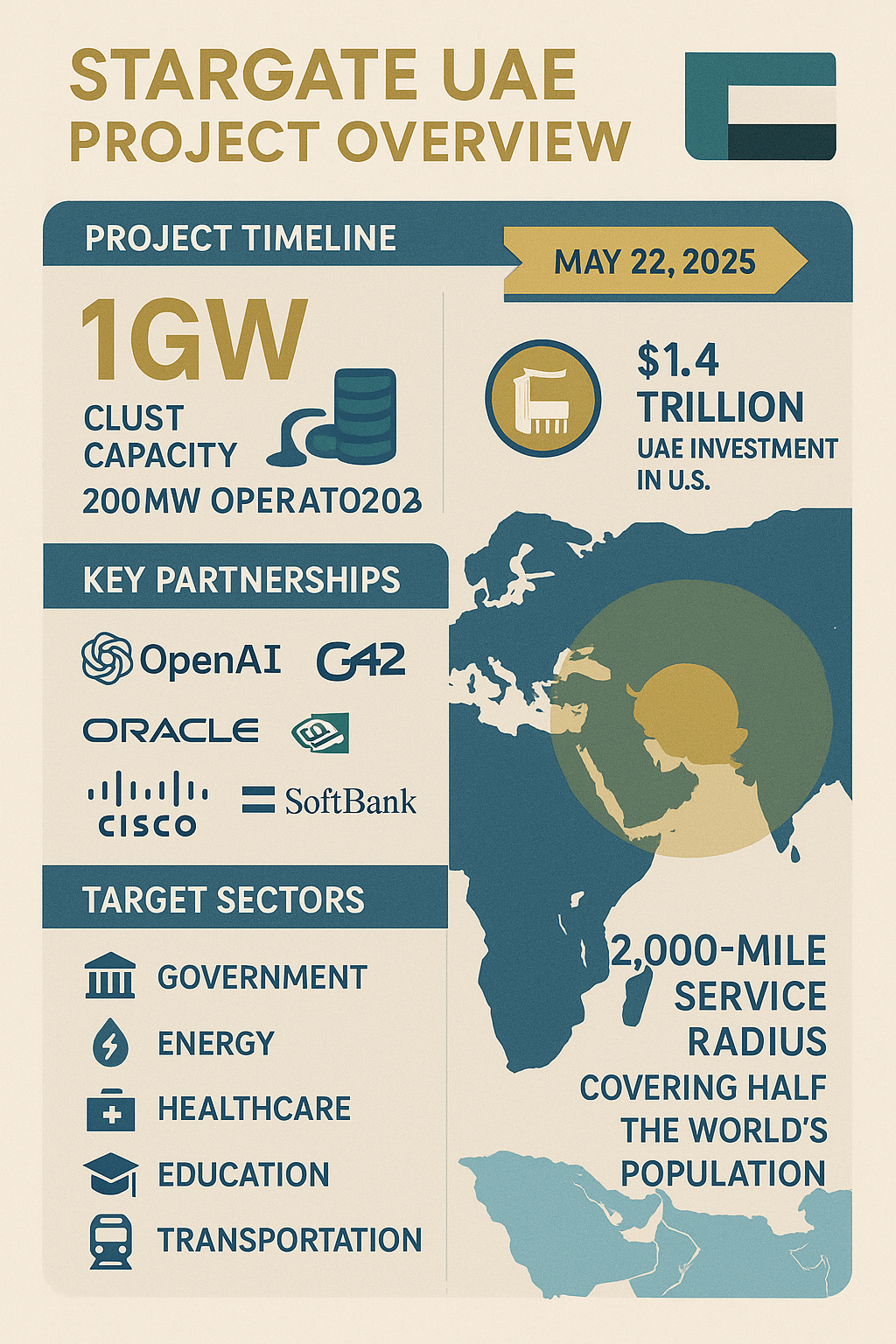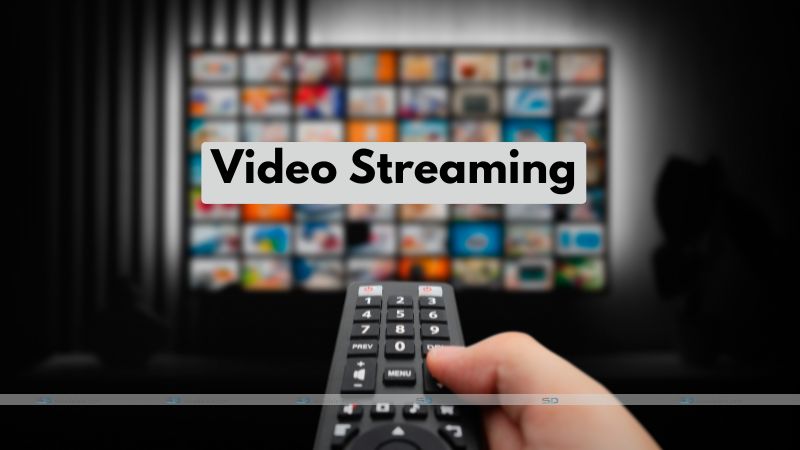The Streaming Revolution Continues
Remember the days of rushing to return DVDs to avoid late fees, scheduling your evening around TV network programming, or paying sky-high cable bills? Those memories are becoming increasingly distant as streaming services continue to transform how we consume entertainment.
In 2025, the streaming landscape has evolved dramatically, offering viewers unprecedented choice, convenience, and content variety.
Whether you’re considering cutting the cord for the first time, reassessing your current streaming subscriptions, or simply curious about what’s available, this comprehensive guide will walk you through everything you need to know about today’s video streaming services. From subscription costs and content libraries to picture quality and user experience, we’ll help you navigate the increasingly crowded streaming marketplace.
The average American household now subscribes to 4-5 streaming services, spending approximately $55-75 monthly on digital entertainment. With so many options competing for your time and money, making informed choices is more important than ever. Let’s dive into the world of streaming to help you find the perfect services for your viewing preferences, lifestyle, and budget.
Understanding Video Streaming Services: The Basics
Before comparing specific platforms, let’s establish a clear understanding of what video streaming services are and how they work.
What Are Video Streaming Services?
Video streaming services are platforms that deliver video content directly to viewers over the internet, eliminating the need for traditional cable or satellite connections. These services transmit video data to your device in real-time, allowing you to watch movies, TV shows, live events, and original programming on-demand without downloading the entire file first.
How Do Streaming Services Work?
When you press play on a streaming platform, the service sends small packets of video data to your device, which buffers a few seconds ahead. This process continues throughout your viewing experience, creating a seamless playback experience if your internet connection remains stable. The content is temporarily stored in your device’s memory rather than permanently downloaded, distinguishing streaming from downloading.
Types of Streaming Services
The streaming landscape includes several distinct categories:
- Subscription Video on Demand (SVOD): Services like Netflix, Disney+, and Max that charge a recurring monthly fee for unlimited access to their content libraries.
- Ad-Supported Video on Demand (AVOD): Free or low-cost services like Tubi, Pluto TV, and Freevee that generate revenue through advertisements.
- Hybrid Services: Platforms like Hulu, Peacock, and Paramount+ that offer both ad-supported and ad-free subscription tiers.
- Live TV Streaming: Services like YouTube TV, Hulu + Live TV, and Sling TV that provide access to live television channels over the internet.
- Niche Streaming Services: Specialized platforms catering to specific interests such as anime (Crunchyroll), horror (Shudder), or documentary content (CuriosityStream).
Major Streaming Services Compared
Let’s examine the leading streaming services in 2025, comparing their pricing, content offerings, and unique features.
Monthly Price: $11.99 (Standard with ads), $15.99 (Standard), $22.99 (Premium)
Content Library: Netflix remains a streaming giant with an extensive library of original series, movies, documentaries, and licensed content. The platform continues to invest heavily in original programming across multiple languages and genres.
Standout Features:
- High-quality original content, including acclaimed series and films
- Robust recommendation algorithm
- Supports 4K, HDR, and Dolby Atmos on Premium plan
- Downloading capabilities for offline viewing
- No extra charge for multiple user profiles
Best For: Viewers seeking a broad content library with high-quality originals and international programming.
Monthly Price: $7.99 (with ads), $13.99 (without ads)
Content Library: Home to Disney, Pixar, Marvel, Star Wars, and National Geographic content. The platform continues to expand its original programming while leveraging its impressive back catalog of family favorites.
Standout Features:
- Premier Access for select new theatrical releases
- GroupWatch feature for shared viewing experiences
- 4K, HDR, and Dolby Atmos included in standard subscription
- Strong parental controls
- Bundle options with Hulu and ESPN+
Best For: Families, Marvel and Star Wars fans, and those nostalgic for Disney classics.
Monthly Price: $9.99 (with ads), $16.99 (without ads), $21.99 (Ultimate Ad-Free)
Content Library: Combines HBO’s prestigious programming with Warner Bros. movies, DC content, and Max originals. The library balances quality television, blockbuster films, and exclusive content.
Standout Features:
- High-quality, award-winning original programming
- Early access to Warner Bros. theatrical releases
- Curated content hubs for DC, Studio Ghibli, etc.
- 4K HDR and Dolby Atmos available on select titles (Ultimate tier)
- Multiple user profiles with personalized recommendations
Best For: Drama enthusiasts, cinephiles, and viewers seeking premium content.
Monthly Price: $7.99 (with ads), $17.99 (without ads)
Content Library: Strong selection of current-season TV shows from major networks, original programming, and movies. Hulu maintains its edge as a destination for next-day viewing of many network shows.
Standout Features:
- Quick access to current network television
- FX on Hulu exclusives
- Bundle options with Disney+ and ESPN+
- Live TV add-on available (Hulu + Live TV)
- Multiple simultaneous streams
Best For: Viewers who want to stay current with network television without cable.
Monthly Price: Included with Amazon Prime ($14.99/month or $139/year), or $8.99/month as standalone service
Content Library: Mix of original productions, licensed movies and shows, plus additional content available for rent or purchase. The library continues to grow with high-profile acquisitions and original productions.
Standout Features:
- Included with Amazon Prime membership
- X-Ray feature providing information about cast, music, and scenes
- Additional channels available (e.g., Starz, Showtime)
- 4K HDR content included in base subscription
- Ability to rent or buy titles not included in subscription
Best For: Amazon Prime members and viewers who value the flexibility to rent or buy additional content.
Monthly Price: $9.99/month
Content Library: Focuses exclusively on original content. Though smaller than competitors, the library emphasizes high-quality, star-studded productions across various genres.
Standout Features:
- High-production-value original content
- 4K HDR and Dolby Atmos included in base subscription
- Family sharing across Apple devices
- Ad-free viewing experience
- Three months free with new Apple device purchase
Best For: Quality-over-quantity viewers, Apple ecosystem users, and those who appreciate high-production-value content.
Monthly Price: $5.99 (Essential), $11.99 (with Showtime)
Content Library: Content from CBS, Paramount Pictures, Nickelodeon, MTV, BET, and original programming. The platform leverages its vast catalog while developing original content.
Standout Features:
- Live CBS streaming including sports
- Extensive library of classic TV shows
- Growing slate of original series and films
- Bundle options with Showtime
- NFL games and other sports content
Best For: CBS fans, sports viewers (particularly NFL), and nostalgic viewers of classic shows.
Monthly Price: Free (limited content), $5.99 (Premium with ads), $11.99 (Premium Plus without ads)
Content Library: Content from NBCUniversal, including NBC shows, Universal films, and original programming. The three-tier structure offers varying levels of content access.
Standout Features:
- Free tier available (with limited content)
- Next-day access to current NBC shows
- Live sports including Premier League and Olympics coverage
- Channels feature mimicking linear TV experience
- WWE Network content included in premium tiers
Best For: NBC fans, sports enthusiasts, and budget-conscious viewers who can utilize the free tier.
Live TV Streaming Services
For those wanting to replace traditional cable with streaming alternatives, these services offer live channels and DVR capabilities.
YouTube TV
Monthly Price: $72.99/month
Channel Count: 100+ channels
Standout Features:
- Unlimited cloud DVR storage
- Up to 6 user profiles
- Strong sports coverage
- Local channel access
- Intuitive, user-friendly interface
Best For: Former cable subscribers wanting comprehensive channel lineups with excellent DVR features. If you want to earn more money from the platform, click here for watch hours.
Hulu + Live TV
Monthly Price: $76.99/month (with ads), $89.99/month (without ads for on-demand content)
Channel Count: 85+ channels
Standout Features:
- Includes Hulu, Disney+, and ESPN+ subscriptions
- 50 hours of cloud DVR (upgradable)
- Local channels in most markets
- Strong sports coverage
- Combines live TV with extensive on-demand library
Best For: Viewers wanting both live TV and robust on-demand options in one package.
Sling TV
Monthly Price: $40 (Orange or Blue), $55 (Orange + Blue)
Channel Count: 30-50+ channels depending on package
Standout Features:
- More affordable than most live TV services
- Customizable with add-on packages
- Available on virtually all streaming devices
- Cloud DVR included (50 hours)
- A la carte approach to channel selection
Best For: Budget-conscious cord-cutters who don’t need every channel.
Free and Ad-Supported Streaming Services
Don’t want to pay for streaming? These free options offer surprising variety and quality.
Tubi
Price: Free (ad-supported)
Content Library: Large selection of movies and TV shows across various genres, including some surprising titles from major studios.
Standout Features:
- No registration required
- Thousands of free movies and shows
- Available on most streaming devices
- Personalized recommendations
- Regular addition of new content
Pluto TV
Price: Free (ad-supported)
Content Library: Combination of on-demand content and linear “channels” organized by genre.
Standout Features:
- Linear channel experience similar to traditional TV
- No registration required
- Genre-specific channels
- Growing on-demand section
- News and sports coverage
Freevee (formerly IMDb TV)
Price: Free (ad-supported)
Content Library: Selection of movies, TV shows, and original programming with Amazon backing.
Standout Features:
- Original programming
- Integration with Amazon ecosystem
- Fewer ads than some competitors
- Available through Prime Video app
- Regular rotation of recognizable titles
Niche Streaming Services Worth Considering
For specialized interests, these focused services deliver targeted content.
Crunchyroll
Monthly Price: $7.99-$14.99
Focus: Anime and manga content
Standout Features:
- Simulcast of shows as they air in Japan
- Massive anime library
- Manga reading capability
- Ad-free viewing on paid tiers
- Community features
Shudder
Monthly Price: $5.99
Focus: Horror, thriller, and supernatural content
Standout Features:
- Curated collections by themes
- Exclusive and original horror content
- Live streaming horror channel
- Weekly additions to the library
- Expert curation from horror enthusiasts
CuriosityStream
Monthly Price: $2.99-$9.99
Focus: Documentary and educational content
Standout Features:
- High-quality documentaries
- 4K content available
- Low subscription cost
- Content categorized by subject
- Original programming
How to Choose the Right Streaming Services for You
With so many options, how do you decide which services deserve your subscription dollars? Consider these factors:
1. Content Preferences
Start by identifying what you actually watch. Are you a movie buff, television enthusiast, sports fan, or documentary lover? Make a list of must-have shows, movie genres, or content types to help narrow your options.
2. Budget Considerations
Determine your monthly entertainment budget. While individual streaming services might seem affordable, costs quickly add up. Consider using a rotation strategy – subscribing to different services throughout the year based on release schedules.
3. Technical Requirements
Consider your internet speed, viewing devices, and desired video quality. If 4K streaming is important to you, ensure your internet connection can support it (minimum 25 Mbps recommended) and confirm which services offer 4K content.
4. User Experience Preferences
Some platforms have more intuitive interfaces than others. Many services offer free trials, allowing you to test their user experience before committing. Consider aspects like recommendation quality, search functionality, and playback controls.
5. Household Needs
Consider who else will be using these services. Family-friendly content, multiple user profiles, simultaneous streams, and parental controls may be important factors depending on your household composition.
Maximizing Your Streaming Experience
Once you’ve selected your streaming services, these tips will help optimize your viewing experience:
Internet Connection Optimization
- Position your streaming device close to your router or use a wired connection
- Consider upgrading your internet plan if buffering is frequent
- Run speed tests to ensure your connection meets service requirements
- Limit the number of devices using your network while streaming
Device Selection
Different devices offer varying streaming experiences:
- Smart TVs: Convenient but may have slower interfaces
- Streaming sticks (Roku, Fire TV, Chromecast): Affordable and regularly updated
- Game consoles: Powerful but potentially energy-intensive
- Set-top boxes (Apple TV, Nvidia Shield): Premium experience with faster performance
Content Discovery Tools
Finding content across multiple services can be challenging. Consider these tools:
- JustWatch: Searchable database showing which services host specific titles
- Reelgood: Tracks shows across platforms and recommends new content
- Streaming service native search: Many services now allow searching across platforms
Managing Multiple Subscriptions
- Use subscription tracking apps like Truebill or Mint
- Set calendar reminders for when free trials end
- Consider rotating services seasonally based on content release schedules
- Look for bundle options that combine multiple services at a discount
The Future of Streaming: Trends to Watch
The streaming landscape continues to evolve rapidly. Here are some trends shaping the future:
Consolidation and Bundling
As the market matures, expect more mergers, acquisitions, and strategic partnerships. Traditional bundling is returning in new forms, with companies offering discounted packages of multiple streaming services.
Content Exclusivity Battles
The competition for exclusive content remains fierce, with services investing billions in original programming and exclusive licensing deals to differentiate themselves.
Interactive and Immersive Experiences
Interactive storytelling, virtual reality integration, and social viewing experiences are expanding how we engage with streamed content.
Advertising Evolution
Ad-supported tiers are becoming more prevalent as services seek additional revenue streams. Expect more sophisticated, personalized, and potentially interactive advertising experiences.
Global Content Expansion
International content is increasingly crossing borders, with non-English programming finding global audiences. Expect more investment in international productions and improved subtitle/dubbing options.
Environmental Impact of Streaming
As streaming consumption grows, so does its environmental footprint. Video streaming accounts for a significant portion of global internet traffic, consuming substantial energy resources. Consider these factors:
- Higher resolution formats (4K, 8K) require more bandwidth and energy
- Cloud infrastructures supporting streaming services consume electricity
- Multiple devices running simultaneously increase household energy usage
To reduce your streaming carbon footprint:
- Watch in standard definition when ultra-high definition isn’t necessary
- Download content for offline viewing instead of repeated streaming
- Turn off autoplay features
- Power down devices completely when not in use
- Choose energy-efficient viewing devices
Conclusion: Creating Your Perfect Streaming Mix
The ideal streaming setup is highly personal, depending on your content preferences, budget, and viewing habits. Most households find that 2-3 carefully selected services provide the best balance of content variety and cost efficiency.
Remember that the streaming landscape continues to evolve rapidly. Prices change, content libraries shift as licensing agreements expire and renew, and new competitors enter the market. The flexibility to adjust your streaming subscriptions as needed is one of the greatest advantages over traditional cable packages.
Whether you’re a film aficionado, sports enthusiast, reality TV fan, or documentary lover, today’s streaming ecosystem offers unprecedented choice and convenience. By thoughtfully selecting services that align with your viewing preferences and budget constraints, you can create a personalized entertainment experience that puts traditional cable to shame.
What’s your current streaming setup? Are you satisfied with your services, or are you considering making changes? Share your experiences and recommendations in the comments below!
Disclaimer: Prices and features mentioned in this article were accurate at the time of writing in April 2025. Streaming services frequently update their offerings, so please check current details before making subscription decisions.
FAQs About Video Streaming Services
Q: How many streaming services does the average American household subscribe to? A: As of 2025, the average American household subscribes to 4-5 streaming services, though many experts recommend limiting to 2-3 core services to manage costs effectively.
Q: What internet speed do I need for streaming? A: For standard definition (SD) streaming, 3-5 Mbps is typically sufficient. For HD content, 5-10 Mbps is recommended. For 4K streaming, most services recommend at least 25 Mbps.
Q: Can I share my streaming subscriptions with family members who don’t live with me? A: Policies vary by service. Many platforms have implemented measures to limit password sharing outside households, including additional fees for sharing accounts or technical restrictions based on location.
Q: Are free streaming services worth using? A: Absolutely. Services like Tubi, Pluto TV, and Freevee offer surprisingly robust content libraries with the trade-off of watching advertisements. They make excellent supplements to paid subscriptions.
Q: Will cable television eventually disappear completely? A: While traditional cable subscriptions continue to decline, cable providers are adapting by offering internet-based viewing options and partnering with streaming services. Complete disappearance is unlikely in the near term, though the market share will continue shifting toward streaming options.
Q: What’s the best way to manage multiple streaming subscriptions? A: Consider using a subscription tracking app, setting calendar reminders for renewal dates, implementing a rotation strategy for less-essential services, and looking for bundle opportunities that combine multiple services at a discount.
Q: How can I reduce buffering when streaming? A: To reduce buffering: connect your device via Ethernet rather than Wi-Fi when possible, limit the number of devices using your network simultaneously, close unnecessary applications on your streaming device, consider upgrading your internet plan, or try lowering the streaming quality during peak usage times.


